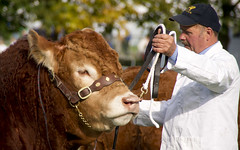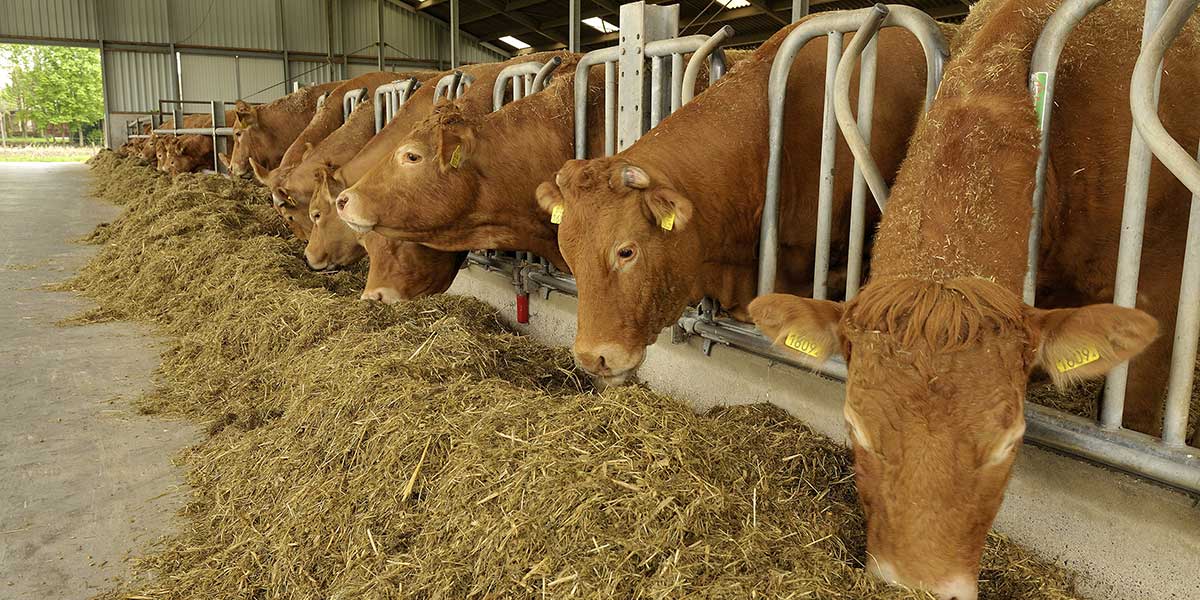
The cattle business can be stressful, but getting into it can be worth it. Owning cattle has many benefits, and learning to raise them is a way of life for many farmers. Learning everything about how to raise cattle will take a lot of time and experience, so here’s a brief rundown on what you need to know before getting into the cattle business!
Planning
There are a few different reasons for raising cattle, so you have to decide what your purpose is. Are you raising them for show? For beef or for dairy? For personal use or for selling in mass? You also need to consider how devoted you will be to your business. What’s going to set you apart from the others? Is it the right time to start this business? Once you’ve thought this through, you need to develop a business plan. Then, you need to find the proper grounds. A lot goes into this – the right vegetation, proper fencing, proper shelter, etc. And be advised that cows don’t always need a top of the line barn. You can usually get away with a lot less – i.e., a very basic shelter. After that, you’ll have to purchase machinery (example: a feeding machine). You’re probably thinking that you need to shell out a lot of money before you even buy the cattle. Unfortunately, if you don’t already own a farm, this is true!
Buying

As we discussed before, cattle are raised for different reasons. Thus, there are different kinds of cattle, and there are always things you want to be aware of – like mothering ability and good conformation. When you study a cow’s conformation, you’re basically studying it’s structure. You want cattle with good depth of hearth girth, a fairly broad and wide forehead, and many other things. When just starting out, it’s not smart to buy a bunch of cattle at once. You’ll be in over your head. Choose a nice number of good, quality cows. Always go with a reputable breeder, and ask a lot of questions. Take a lot of photos of the cattle you’re looking to purchase, and study them in comparison to pictures of ideal cattle. Once you make a purchase, there’s an entire transferring process. You’ll need a trailer that is slip-free, and you’ll need to make the process from start to finish as quiet as possible. Disturbing the cattle is a big no-no.
Raising
A long time ago there was a computer game called The Oregon Trail, and you had to maintain cattle in order to keep them alive. And it was kind of a tedious process – you did one thing wrong and the cattle were done for. Aspects of that game ring true in real life. Raising the cattle can be difficult, but it can be very rewarding and fun! You’ll have to learn a lot on the technical side, but there are just a few basics you’ll need to know now. Keeping records should be a very high priority — everything from cattle health and vaccination records to purchases. You’ll need to keep up with cattle maintenance regularly – feeding, watering, and health checkups are the three main components. You’ll need to learn a lot about the large amount of water the cattle will drink, the types of food they will eat, etc. And during the whole process, you’ll need to know when it’s a good time to sell your cattle. If you’re raising cattle for personal use, you may not need to worry about that as much.
Sound like a lot of work? It is! But if you have the passion, it won’t even feel like work.
Lisa Podwirny is the owner of Ketchum Mfg. Connect with her on Google+!








![A cow [15/365]](http://farm3.staticflickr.com/2058/1846375599_cec42383dd_m.jpg)